 Rexus 1 - the first Swedish student
rocket
Rexus 1 - the first Swedish student
rocket Rexus 1 - the first Swedish student
rocket
Rexus 1 - the first Swedish student
rocketSven Grahn
The REXUS (Rocket EXperiment for Upcoming Students) sounding rocket for testing a new type of parachute and carrying an experment module with experiments from students at the Space Engineering Education in Kiruna was launched from Esrange at 1023 UT on 4 December 1995. The rocket, an Improved Orion, was 5.22 meters tall with a launch mass of 519 kg, a payload mass of 103 kg and it reached an altitude of 89.4 km.
This was the first Swedish student rocket and its name has lived on in the more recent European series of student rockets.
The project started when I (at the time general manager of the Science Systems Division of the Swedish Space Corporation ) called Rickard Lundin, at the time the director of the Swedish Institute of Space Physics , and asked him if he thought the Space Engineering Education in Kiruna would be interested in flying student experiments on the test rocket that we were planning at the time. We had plenty of empty space in the rocket's payload. The faculty liked the idea and lecturer Carol Nairn (married: Norberg) managed the student project. The Swedish Space Corporation (SSC) supplied the experiment module structure. Initially the name of the test rocket was GPS-Orion, but the students renamed it REXUS, probably inspired by the names of the microgravity rockets TEXUS (Technologische Experimente Unter Schwerelosigkeit) and MAXUS often launched from Esrange.
| Name | Task |
| Staffan Persson | Project manager, SSC, Solna |
| Tomas Hedqvist | Campaign manager, SSC, Esrange |
| Mikael Björklund | Payload engineer, SSC, Solna |
| Sven Söderdahl | Responsible for the service module and the recovery module, SSC, Solna |
| Thomas Carlsson | Mechanical engineer, SSC, Solna |
| Tove Andersson | Student project manager, Space Engineering Education, Kiruna |
| Jimmy Thorstensson | Student project manager, Space Engineering Education, Kiruna |
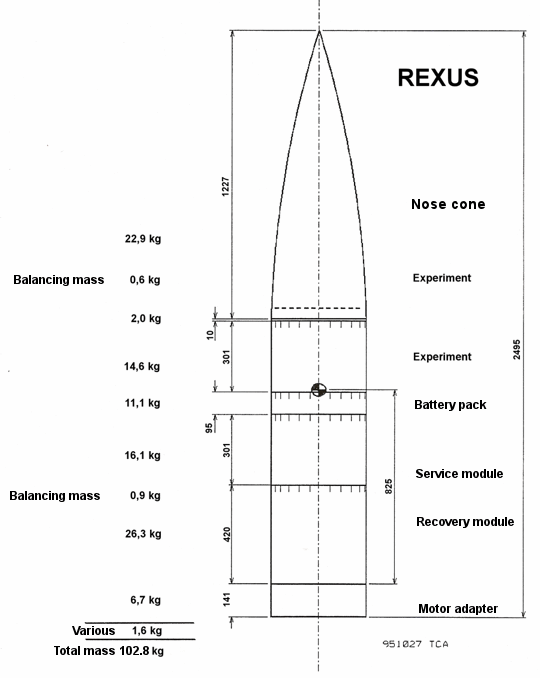
| Experiment |
Description |
Student experimenter |
| Temperature | Temperature measurements and onboard data logging |
Jan Riiner, Roger Ericsson |
| Vibration | Two axes vibration measurements | Bo Sibbmark. Ulf Nilsson |
| Pressure | Pressure measurements at the tip of the nose cone | Torbjörn Klemensson, Jonas Tanhua, Jörgen Sedin |
| CCD camera | Live video from launch through separation and parachute deployment | Jimmy Thorstensson |
| Transmitter 144 MHz | 144 MHz transmitter broadcasting a pre-recorded voice message. | Krister Berg |
| Radio beacon 240.08 MHz | Radio beacon for finding the payload after landing. | Torbjörn Pettersson, Henrik Berslind |
This is the content of the voice message stored onboard the rocket and broadcast during the flight (translated from Swedish):
"... SK2VHR, Sigurd Kalle Two Viktor Helge Rudolf. The transmitter is placed on a rocket and the rocket has been launched from the Esrange launch site outside Kiruna. SK2VHR, Sigurd Kalle Two Viktor Helge Rudolf. The rocket project is a joint venture betwwen the Swedish Space Corporation and the Space Engineering Education in Kiruna. Included on the rocket are also temperature measurements, pressure measurements, vibration measurements, a video camera, and a recovery beacon. SK2VHR, Sigurd Kalle Two Viktor Helge Rudolf. SK2VHR, Sigurd Kalle Two Viktor Helge Rudolf..."
Here you can hear a recording of the voice message transmitted from the rocket (in Swedish).
The recovery system was NASA's "standard system" successfully used in the sounding rocket projects NLC -91 ,NLC-93 and Hygrosonde. The system contains parachutes, radio beacon, and a separation system. The parachutes were a new light-weight design by the Swedish company Airsafe Sweden AB featuring a rotating drogue chute and a conventional "cross chute " as the main parachute. The parachute system, called RS 200, had been successfully drop-tested from Esrange during the winter of 1994. An antenna for receiving GPS signals was attached to the main parachute riser lilnes feeding a receiver in the service module.
The payload power system consisted of a Ni-Cd battery with three parallel string with 24 cells each in series. The cell capacity was 2 Ah.
The live TV system consisted of a Sony XC-999 CCD video camera (see picture below), a DC/DC converter, and an S-band video transmitter (Aydin Vector ST-405) with 5 Watts output power on 2275.5 MHz. When I started working on this web article I asked around at SSC in Solna for any remaining hardware from the project. Mikael Björklund pulled out a drawer in his bookshelf and fetched the contraption on the right below: the heavy-duty fairing in which the CCD camera was mounted. The camera itself was probably used for some other project and has been "lost" The nose cone has been rumored to be on display at the Space Campus in Kiruna.
|
The Sony XC-999 video camera used |
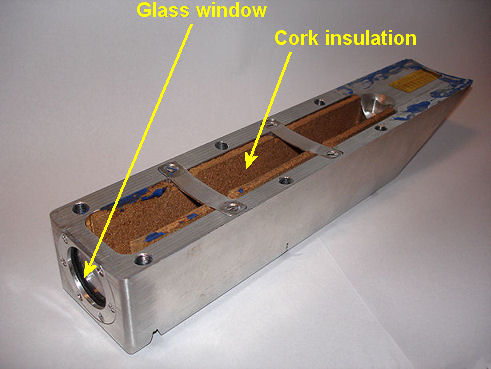 |
The telemetry system
consisted of a transmitter fromAydin Vector
(nowadays L3
Electronics), type T102-SE, transmitting
2 Watts on 2251.5 MHz. The antenna used for both telemetry and video was a
"wrap-around antenna" for 14-inch rockets from Haigh-Farr. A hybrid (Merrimac QHM-2M-3G) was used to
combine the signals on the same antenna.
The data encoder was SSC's standard PCM
encoder with one subunit for housekeeping data and one subunit
for experiment data.
|
Activity |
Date 1995 |
| Test and preparation of modules | 23-26 Nov |
| Nozzle and igniter installation, fin alignment |
23 Nov |
| Flight sequence test, RF test |
27 Nov |
| Recovery module and payload installed on the rocket motor. |
28 Nov |
| The rocket installed on the laucher. Cabling installed and tested. |
29 Nov |
| "Flight Readiness Review", new trajectory calculation. | 30 Nov |
| Test countdown, first hot countdown | 1 Dec |
| Launch | 4 Dec |
So, the rocket was launched at 1023.00 UT on 4 December 1995 from the 8.6 meter longMRL-launcher at Esrange. The launcher was set at 87.3 degrees elevation (nominal elevation was 86.3 degrees). The launcher was also set at 15 degrees azimuth (250 degrees was the nominal setting).
The rocket motor impacted along an azimuth of of 335 degrees (350 degrees ws the nominal impact azimuth). The rocket impacted 24 km fom Esrange (intended: 30 km). Originally it was planned to land 71,5 km away, but this was changed to 30 km late in the campaign. The rocket spin rate was 4.2 rps. The predicted rate was 3.6 rps..
|
Time (s) |
Altitude (km) | |||
|
EVENT |
Nominal |
Actual |
Nominal |
Actual |
| Liftoff | 0 | 0 | 0 | 0 |
| Orion motor burnout | 25 | 25 | 21 | 19,0 |
| Motor separation | 67 | 67 | 25 | 22,1 |
| 144 MHz transmitter ON | 120 | 119 | 89,9 | 86,4 |
| Apogee | 148 | 144 | 93,8 | 89,4 |
| 144 MHz transmitter OFF | 160 | 158 | 93,3 | 88,5 |
| 144 MHz transmitter ON | 300 | 297 | - | - |
| Parachute deployed | - | 376 | 6 | 6 |
The GPS receiver immedately locked on satellites and gave data when the man chite was deployed but the antenna cable came loose when the antenna flipped around to the correct position. The radio beacon on 240.08 MHz was clearly heard in the helicopter and at the blockhouse (24 km away) where an antenna had been mounted on the roof. More results will follow...
During the flight live video was transmitted from the CCD camera point opposite the fligt direction. Lift-off, motor separation, and parachute deployment was clearly seen in real time. The video was also relayed through the Swedish Tele-X geostationary satellite and watched att SCC's headquarters in Solna outside Stockholm. I saw it in SSC's conference room in Solna..
|
|
|
|
| |
Below you can see parts of the onboard video transmission:
Staff from SSC in Solna documented launch preparations and events in the block house. A sequence also shows how the payload is spotted from the recovery helicopter and how the payload is picked up and brought back to Esrange.
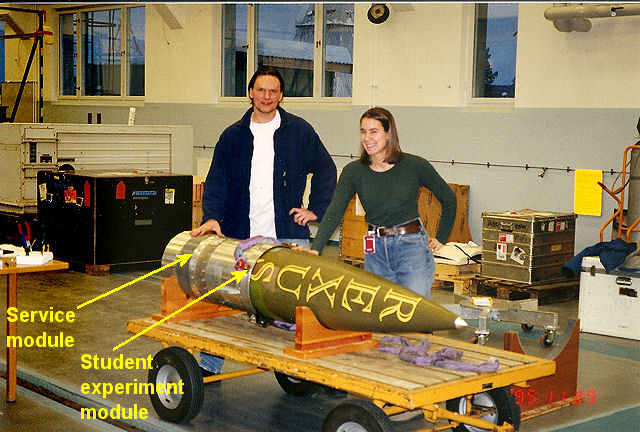
Jimmy
Thorstensson and Tove Andersson, student
project managers.
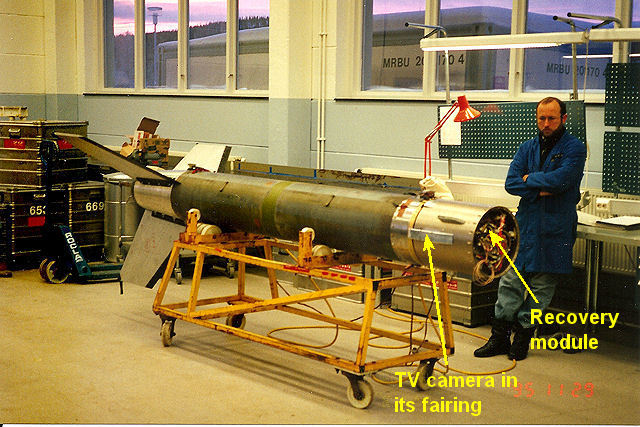
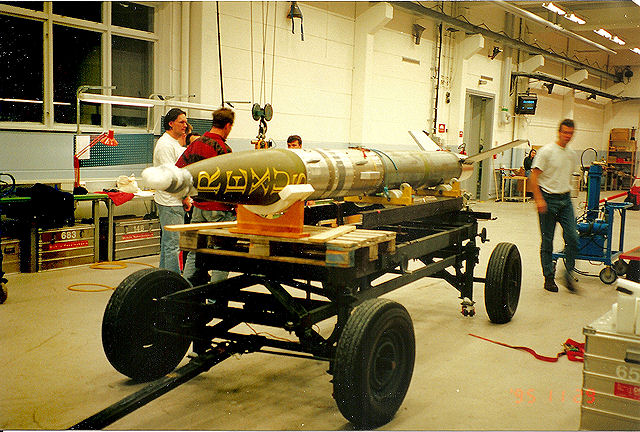
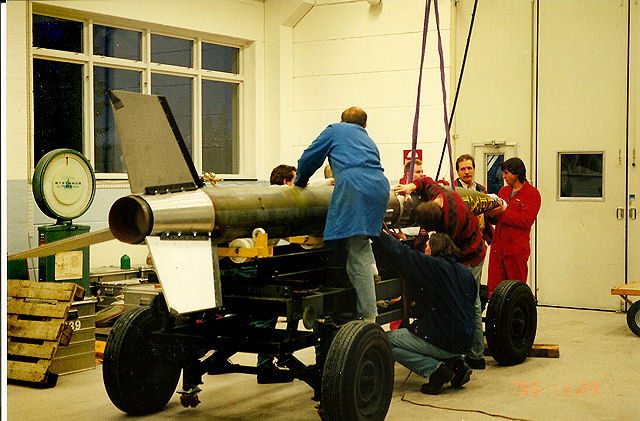

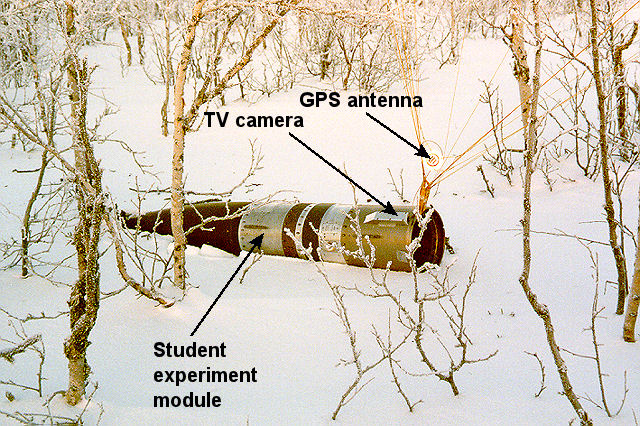
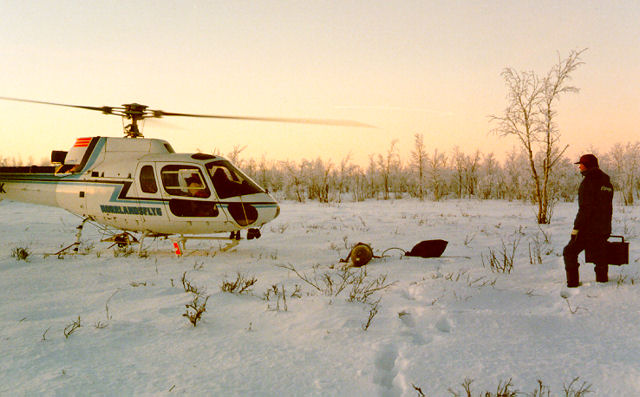
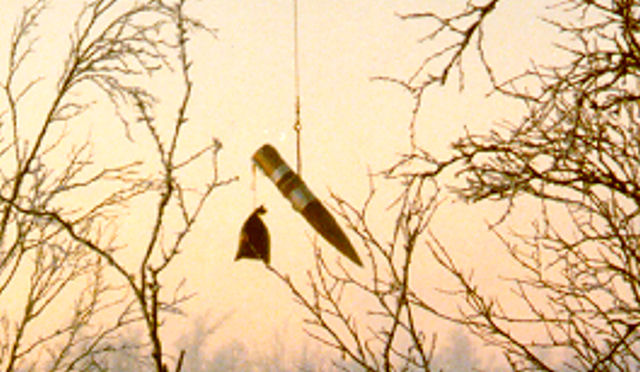
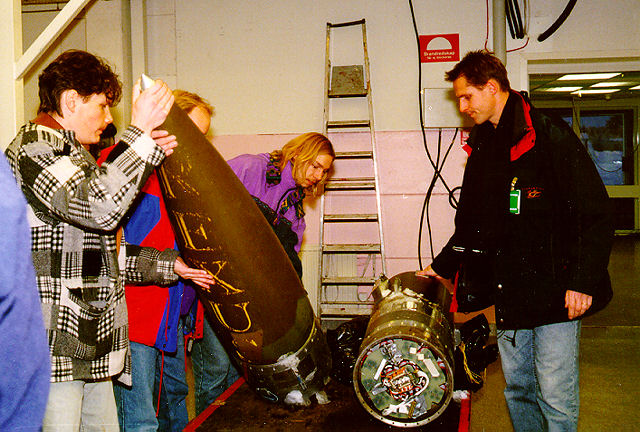
From the
left:..., ...(hidden by nose cone), ... , Staffan Persson,
overall project manager at SSC.
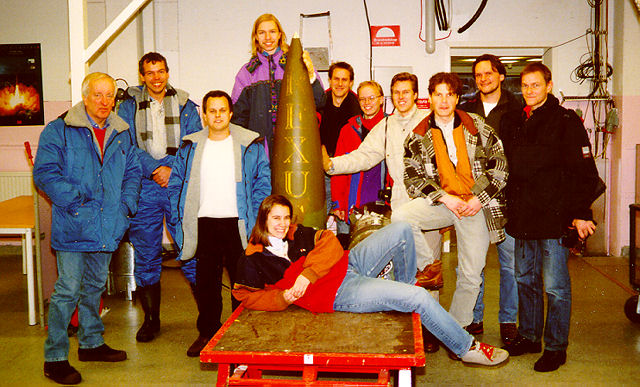
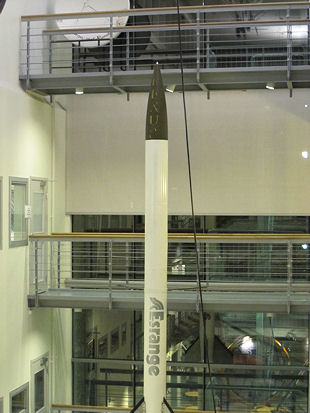 |
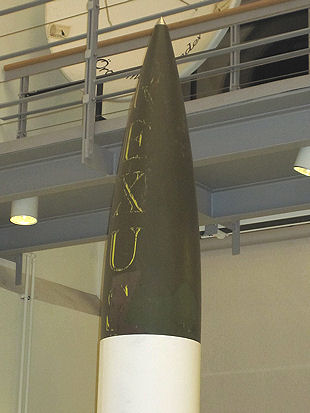 |
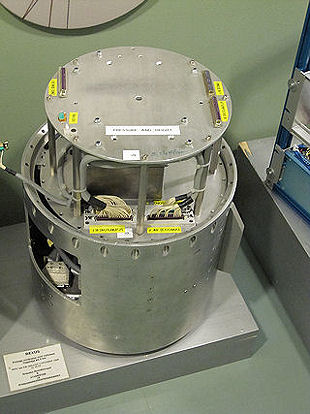 |
November 2009 |
![]()
![]() Back to Swedish sounding rocket projects (in
Swedish)
Back to Swedish sounding rocket projects (in
Swedish)